Rising Demand for Personalized Medicine
The increasing emphasis on personalized medicine is a pivotal driver for the Life Science Analytics Market. As healthcare shifts towards tailored treatments, the need for analytics that can interpret vast datasets becomes paramount. This trend is evidenced by the projected growth of the personalized medicine market, which is expected to reach USD 2.4 trillion by 2025. Life science analytics plays a crucial role in identifying patient-specific therapies, thereby enhancing treatment efficacy. The integration of genomic data and patient health records necessitates sophisticated analytical tools, which further propels the demand for analytics solutions. Consequently, organizations are investing in advanced analytics capabilities to harness this data, ensuring they remain competitive in the evolving landscape of personalized healthcare.
Growing Focus on Patient-Centric Approaches
The shift towards patient-centric approaches in healthcare is a significant driver for the Life Science Analytics Market. This paradigm shift emphasizes the importance of understanding patient needs and preferences, which in turn necessitates robust analytics capabilities. Organizations are increasingly utilizing analytics to gather insights into patient behavior, treatment outcomes, and satisfaction levels. This trend is reflected in the rising investments in patient engagement technologies, which are expected to reach USD 20 billion by 2025. By leveraging analytics, healthcare providers can enhance patient experiences and outcomes, ultimately leading to improved healthcare delivery. The focus on patient-centricity is likely to drive demand for analytics solutions that can provide actionable insights into patient journeys and treatment pathways.
Advancements in Data Management Technologies
Technological advancements in data management are significantly influencing the Life Science Analytics Market. The proliferation of big data technologies and cloud computing solutions has transformed how life sciences organizations manage and analyze data. According to recent estimates, The Life Science Analytics Market is projected to reach USD 68.75 billion by 2025. These technologies enable organizations to process and analyze large volumes of data efficiently, leading to improved decision-making and operational efficiency. Furthermore, the ability to integrate disparate data sources enhances the quality of insights derived from analytics, thereby driving the adoption of these technologies in the life sciences sector. As organizations seek to leverage data for competitive advantage, investments in data management technologies are likely to continue to rise.
Increased Investment in Research and Development
The surge in investment in research and development (R&D) within the life sciences sector is a critical driver for the Life Science Analytics Market. Organizations are allocating substantial resources to R&D to foster innovation and develop new therapies. This trend is underscored by the fact that global spending on pharmaceutical R&D is projected to exceed USD 200 billion by 2025. Life science analytics plays a vital role in this context by enabling researchers to analyze complex datasets, streamline clinical trials, and enhance drug development processes. The ability to derive insights from R&D data not only accelerates the innovation cycle but also improves the likelihood of successful outcomes. As R&D investments continue to rise, the demand for analytics solutions that support these initiatives is expected to grow correspondingly.
Regulatory Pressures and Compliance Requirements
Regulatory pressures and compliance requirements are increasingly shaping the landscape of the Life Science Analytics Market. Organizations are faced with stringent regulations that govern data management, reporting, and patient safety. The need to comply with these regulations necessitates the implementation of robust analytics solutions that can ensure data integrity and facilitate compliance. According to industry reports, the cost of non-compliance can reach up to USD 14 million per incident, underscoring the financial implications of regulatory failures. As a result, organizations are investing in analytics tools that not only streamline compliance processes but also enhance overall operational efficiency. The ongoing evolution of regulatory frameworks is likely to drive sustained demand for analytics solutions that can adapt to changing compliance landscapes.
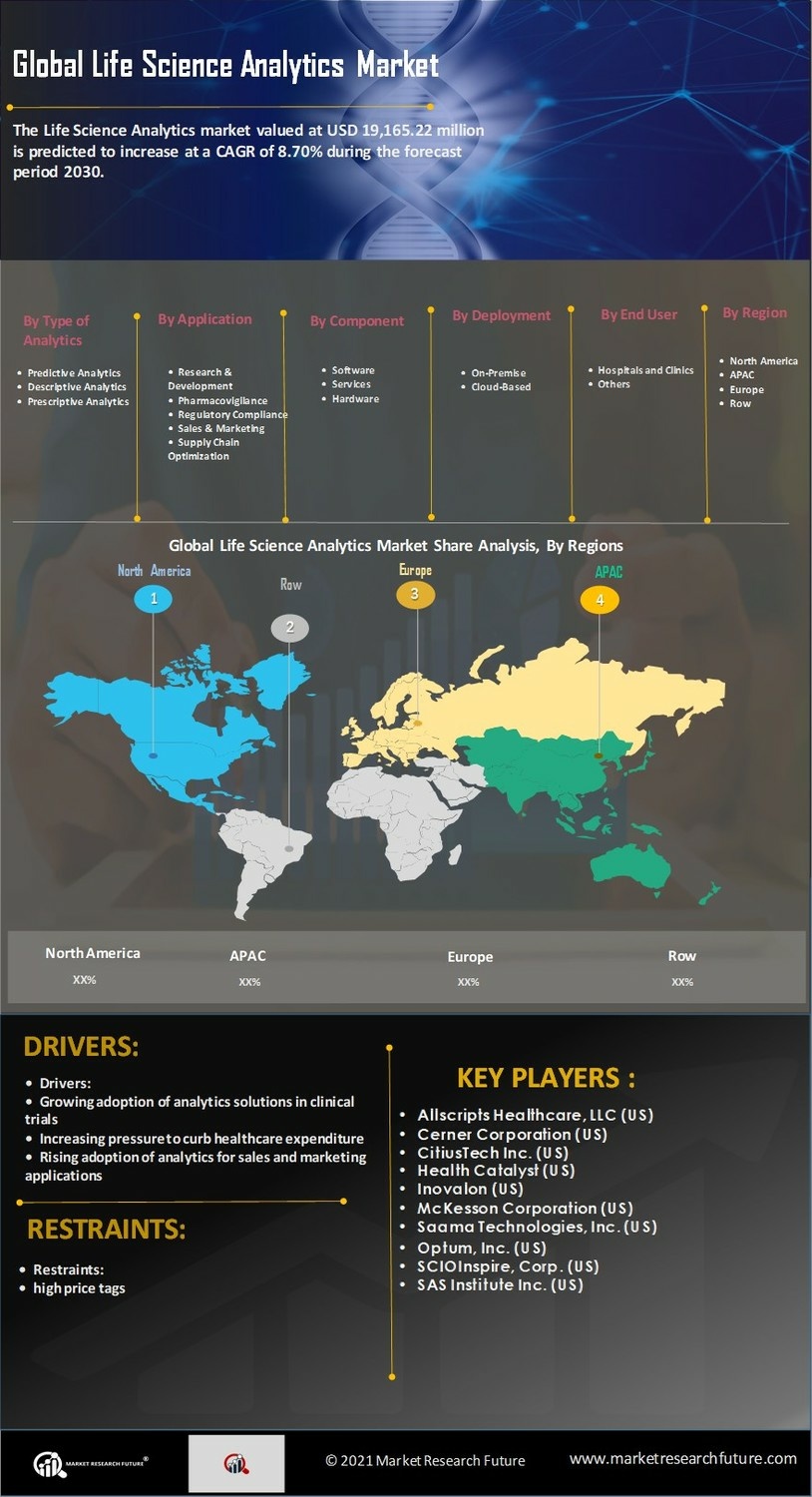

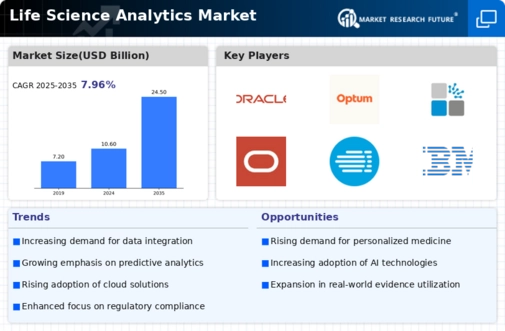
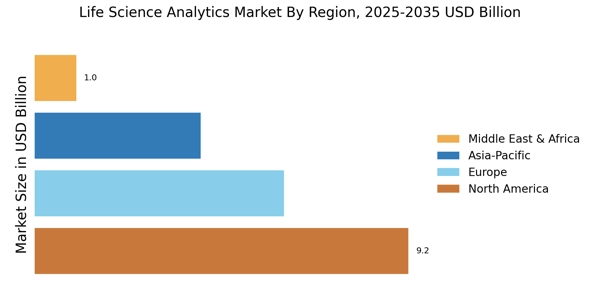
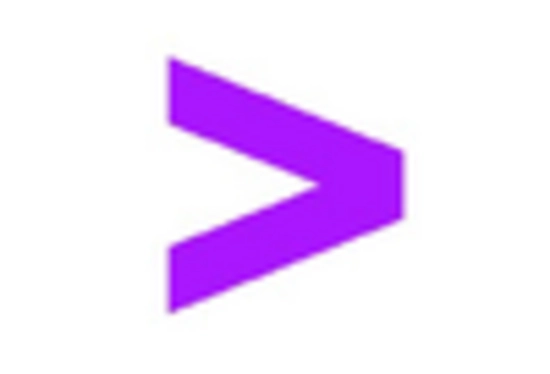
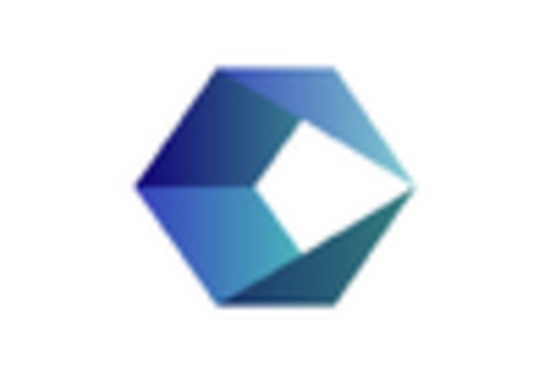
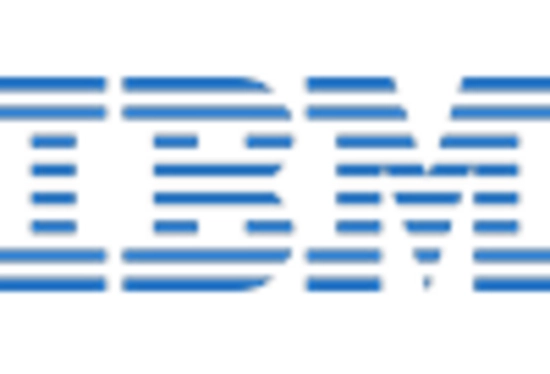
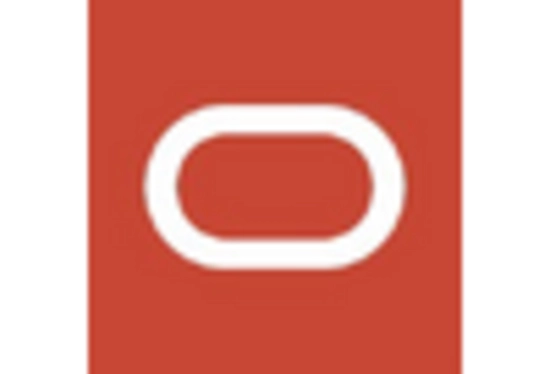
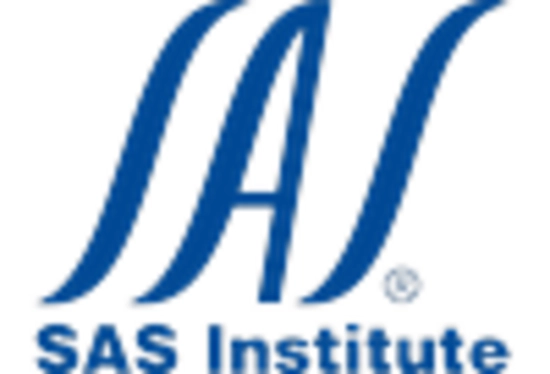
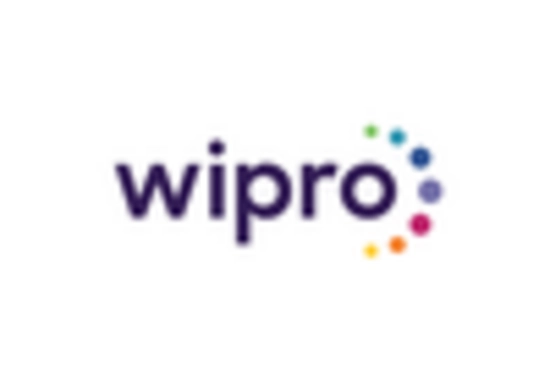








Leave a Comment